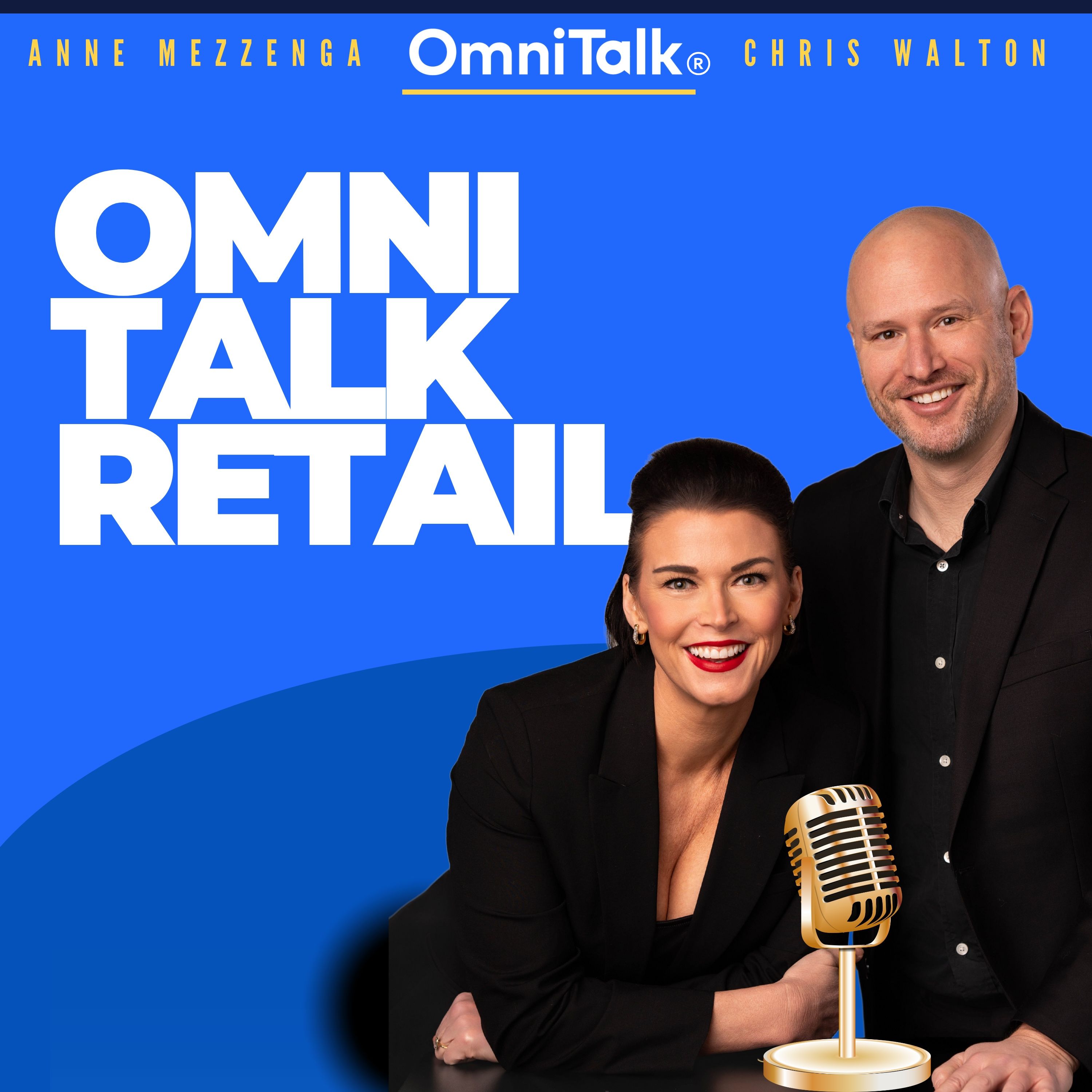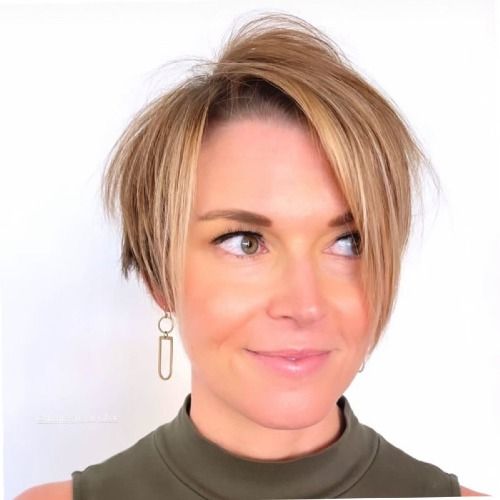Why Space Planning Could Make or Break Many Grocery Retailers In The Years To Come | 5IM
In this 5 Insightful Minutes episode, A&M's consumer and retail experts Chris Creyts and Brandon Pezely join Omni Talk to reveal how grocers can adapt their space planning strategy in today's rapidly changing retail landscape.
From the $37 billion growth in fresh food areas to the $27 billion revenue loss in general merchandising, Chris and Brandon break down why advanced space planning isn't just important—it's essential for survival. They share actionable insights on navigating inflation impacts, e-commerce disruption, GLP-1 drug effects on shopping behavior, and the health & wellness trend reshaping grocery stores.
🔑 Topics covered:
- Why grocers must evaluate space strategy NOW in this inflationary environment
- The $37B fresh food growth vs $27B general merchandise decline
- Common mistakes retailers make when overhauling store layouts
- Best practices for piloting and scaling space changes
- Building the right organizational structure for space planning success
- How to create margin vs shelf space analysis charts
- Future-proofing your space strategy for the next 5-10 years
Access A&M space planning report here: https://alvarezandmarsal-crg.com/wp-content/uploads/2025/06/AM-CRG-Space-and-Assortment-Optimization.pdf
🎧 Don't forget to like, comment, and subscribe for more retail insights!
#spaceplanning #groceryretail #retailstrategy #omnitalk #retailtech #merchandising #storedesign #retailinnovation #retailpodcast
Music by hooksounds.com
*Sponsored Content*
This podcast uses the following third-party services for analysis:
Podcorn - https://podcorn.com/privacy
Transcript
Foreigning us now for five insightful minutes is the A and M consumer and retail groups, Chris Crates and Brandon Peasley.
Speaker A:Brandon and Chris are here to discuss A and M's latest research on the power of advanced space planning.
Speaker A:And let me tell you folks, this could not be more timely.
Speaker A:Chris, let's start with this.
Speaker A:Why is it so important that grocers evaluate their space strategy now?
Speaker A:What's changed?
Speaker B:I think from a macro standpoint, highly inflationary environment.
Speaker B:You also have E commerce hitting the center of the store and really changing what categories people look to grocery stores versus other channels for.
Speaker B:On the fresh produce side, you have health and wellness taking center stage.
Speaker B:You have the GLP1 drugs really changing what people are shopping for in the store.
Speaker B:And I think the kind of summary of it all is it's producing really different category outcomes in a grocery store.
Speaker B:You know, our research shows over the last five years there's been about $37 billion of growth in the fresh food, fresh and food areas of the store.
Speaker B:On the other hand, you've got $27 billion of revenue lost in general merchandising areas of the store.
Speaker B:And so it's a really important time for grocers to step back and think about what they're using shelf space for in the stores, what their customer missions actually are, and how they can be more productive and differentiated for their customers with that space.
Speaker C:This is a pretty big overhaul for retail organizations.
Speaker C:What are retailers missing in this process?
Speaker C:Like, what are some of the challenges that they're coming across as they start to embark on this endeavor?
Speaker D:So the first is they tend to underestimate the complexity associated with making.
Speaker D:Now, I've seen that most retailers have a pretty well defined assortment process and they tend to think I'm making space changes.
Speaker D:This is just an extension of my assortment process.
Speaker D:But it's much, much bigger than that.
Speaker D:You're impacting a lot more categories at the same time.
Speaker D:Often the categories don't sit directly adjacent to each other where you're growing space and where you're reducing space.
Speaker D:So there's kind of a cascading implications across the categories in between.
Speaker D:And you're also enhancing the customer experience when you're making these space changes.
Speaker D:And so it's a lot more than just product changes.
Speaker D:The second thing I would highlight from what retailers often miss is kind of a level of executive support and sponsorship.
Speaker D:Right.
Speaker D:This isn't just a merchandising driven initiative.
Speaker D:Right.
Speaker D:But you need support from the CEO on down.
Speaker D:You need a, you know, it's not just cross functional teams that are going to stand up and drive this, but you need to be thoughtful about standing up.
Speaker D:Kind of a center of excellence with a cross functional team that is empowered to, to make decisions and drive the process from end to end.
Speaker A:Someone that led this effort to redesign Target store and its layout five to ten years into the future, I can attest to that.
Speaker A:So what best practices do you recommend, Brandon?
Speaker A:What do retailers have to get right if they're going to try to do something like this?
Speaker D:Because space changes are so complicated.
Speaker D:You know, this is a space that, that's worth starting small and then expanding, right?
Speaker D:You want to take a couple of pilot stores and you want to test your concepts, you want to hone those concepts, you want to get customer feedback, feedback from store associates and refine the ideas, you want to measure the results and then at the same time you want to build your playbooks.
Speaker D:You know, how are you going to scale this?
Speaker D:You know, what are, what's the training program going to look like?
Speaker D:How do you go and teach the rest of the fleet how to do this appropriately?
Speaker D:The second best practice that we'd recommend is thinking about future purposes.
Speaker D:So going back to Chris's example, right, let's say you're a grocer, your fresh business has grown, you know, 10 to 15% over the past couple of years.
Speaker D:But if you expect that business growth to continue, right, you may actually want to lean in more and make broader, more sweeping space change.
Speaker D:Maybe you want to change your space infresion 20, 25%.
Speaker D:And so you need to be really thoughtful around what are these trends?
Speaker D:Which ones are you going to take a bet on and how are you going to enhance that customer value proposition?
Speaker B:At the end of the day, what.
Speaker C:Are you and the team at A and M advising that retailers start doing today to really get started moving on this and thinking about the future and what, what space planning should look like for their organization.
Speaker B:One of the primary things is really, I mean, Brandon, hit on it is it's talking about what's the organization going to be that's going to drive these efforts and putting that in place so that you're able to take a non biased, a non biased perspective and kind of navigate the silos of the, a typical merchandising organization and really evaluate the trade offs in space.
Speaker B:So I think that's the first step is putting that right organization in place and empowering them.
Speaker B:I think, you know, from a more foundational element, if you were sitting in a place where you say, hey, we have a very basic space plan and capability.
Speaker B:You know, the first thing I'd start to do is build a chart that shows how much of our shelf space across our fleet do we give to different categories versus how much margin they drive in our business.
Speaker B:And I think while it's not a completely linear chart where anything below the line is bad, anything above the line is good, et cetera, I think it'll start to help you think about where are the outliers in our business.
Speaker B:And you really have to look at it through the lens of, you know, what is our.
Speaker B:What, what category?
Speaker B:What are our category roles?
Speaker B:What, what missions are we targeting with our customers?
Speaker B:And, and that needs to guide some of those conversations.
Speaker B:But really, for me, that's the most foundational starting point to say what are the things that really jump out in our business that that likely don't make sense and need to be iterated in.
Speaker A:The next concept, both in the current state and then projecting out 5 to 10 years too.
Speaker A:Right, Chris?
Speaker B:Yeah, I think it's a great point, Chris.
Speaker B:You know, it's, it's an opportunity to, to take a merchandising stand and develop a point of where you want to go over the next five to 10 years.
Speaker B:And you know, Brandon talked about it.
Speaker B:It's not an effort that you do every single year.
Speaker B:You're not constantly moving space.
Speaker B:I think about it more of a two to four year cadence of where you're, you're making macro space adjustments, significant macro space adjustments in your store.
Speaker B:So, you know, Chris, it's, it's a great chance for your merchants to help drive your merchandising strategy on how you're going to differentiate yourself and where you think the market's going over the next couple years.
Speaker C:Excellent.
Speaker A:Wow, great stuff, you guys.
Speaker A:Thank you both.
Speaker A:And if you're interested in reading A&M CRG's report on the power of space planning, you can find a link to the report in our show notes.



